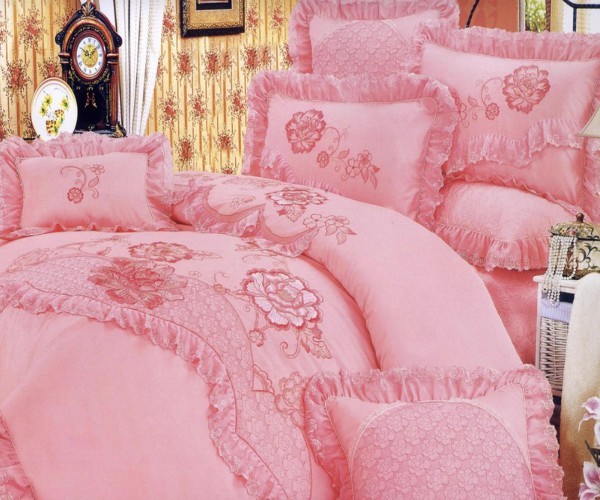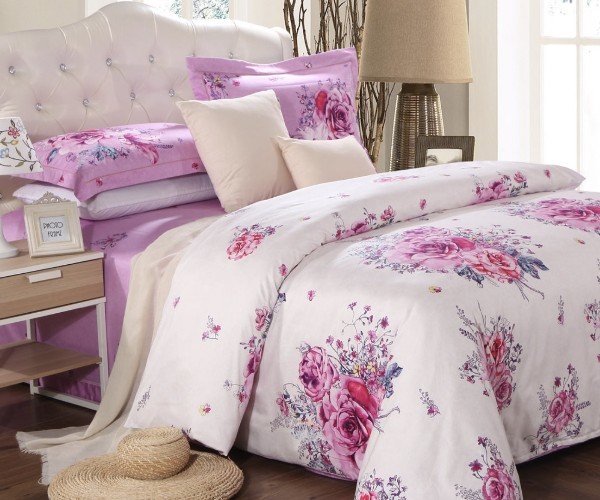In daily life, home textile products are an indispensable part of us. On the one hand, we must Considering comfort, on the other hand, we must pay attention to the functionality of home textile products, so they need to be carefully maintained on a daily basis. Today, let us learn about what materials home textiles are made of and how to clean home textiles.
1. What materials are used in home textiles
1. Classification according to material
If classified according to material, it can be divided into three categories: natural fiber, polyester-cotton blend, and polyester. Each of these three categories has its own advantages, and home textile products can be selected according to the advantages and characteristics of the fabrics. For example, natural fibers such as pure cotton products have very good air permeability and heat absorption, and are very suitable for use in bedding. However, products made of pure cotton fabrics are not as wear-resistant, durable and have good packaging performance as materials such as polyester. If you choose curtains, it is best to choose products made of polyester or polyester-cotton blended fabrics.
2. Classification according to function
If home textiles are classified according to their functions, they can be divided into antistatic home textile materials, antibacterial home textile materials, and anti-UV home textile materials. These fabrics can be used in different places according to their functions. For example, antibacterial home textile materials are very good for use in bed sheets, quilt covers, etc. UV-resistant home textile fabrics can be used as excellent materials for curtain production.

2. How to clean home textiles
1. Before first use
It should be rinsed once in water to wash away the slurry and floating colors of printing and dyeing on the surface of the product. This will make it softer to use and less likely to fade during future cleaning; at the same time, it can neutralize the acidity and alkalinity of the fabric. Release residual harmful substances (such as formaldehyde) in the fabric.
2. During washing and maintenance
Pay attention to washing and drying *should follow the washing instructions of the relevant products. For products with decorative accessories, be sure to remove lace, pendants and other accessories before washing to avoid damage. Remember to wash dark and light colored products separately to avoid staining.
3. During storage
It should be cleaned first, dried thoroughly, folded neatly, and put in a certain amount of mothballs. Note that mothballs cannot be in direct contact with the product. It should be placed in a cool, dry and well-ventilated place. White silk products cannot be placed in camphor balls or camphor wood boxes, otherwise they will turn yellow. When collecting cotton and linen products, pay attention to keeping the environment clean to prevent mildew. Dark and light colored products should be stored separately to prevent dark dyes from migrating to light colored products. Quilt products that have not been used for a long time can be dried in the sun to restore their fluffiness before reuse.

The above is all about what materials home textiles are made of, and how to clean home textiles. I hope it can help everyone understand home textiles. Please continue to pay attention to cleaning methods, more decoration knowledge, decoration company reviews, and decoration cases!






